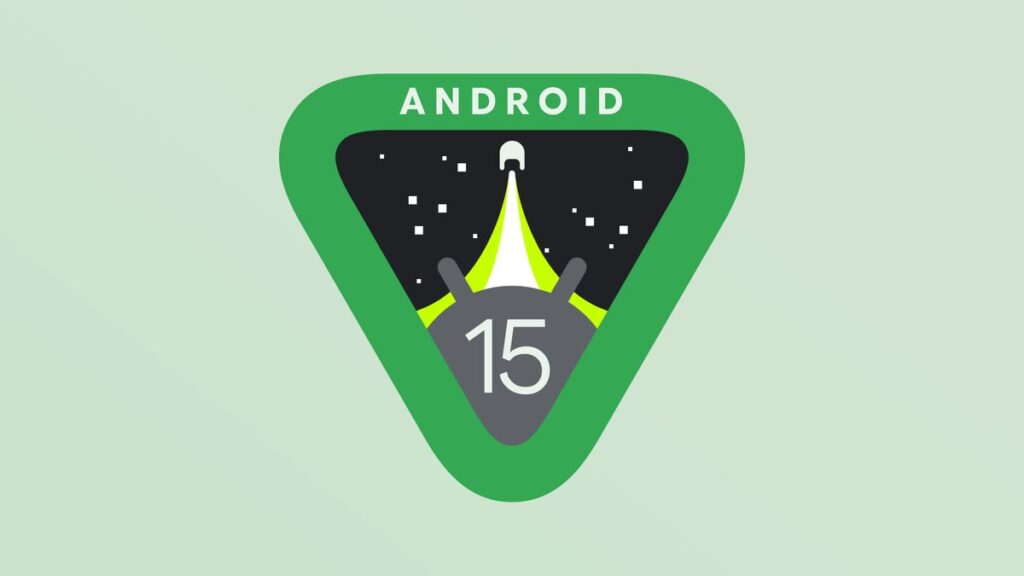After an exhaustive beta process and some delays, Android 15 is finally here and rolling out to Pixel smartphones. If you haven’t been paying attention to the various beta releases, it’s time to familiarize yourself with the changes coming to Android smartphones.
During the Android 15 beta period, we saw changes that gave users the ability to cool down notifications, made in-app web pages load faster, and provided partial screen sharing. Lock screen widgets are back on Pixel Tablet, improving visual accessibility and allowing apps to fill the screen from edge to edge.
Of course, this no doubt only scratches the surface of what Android 15 can offer. Here’s everything you need to know about the newly arrived update.
Possible Android 15 release date
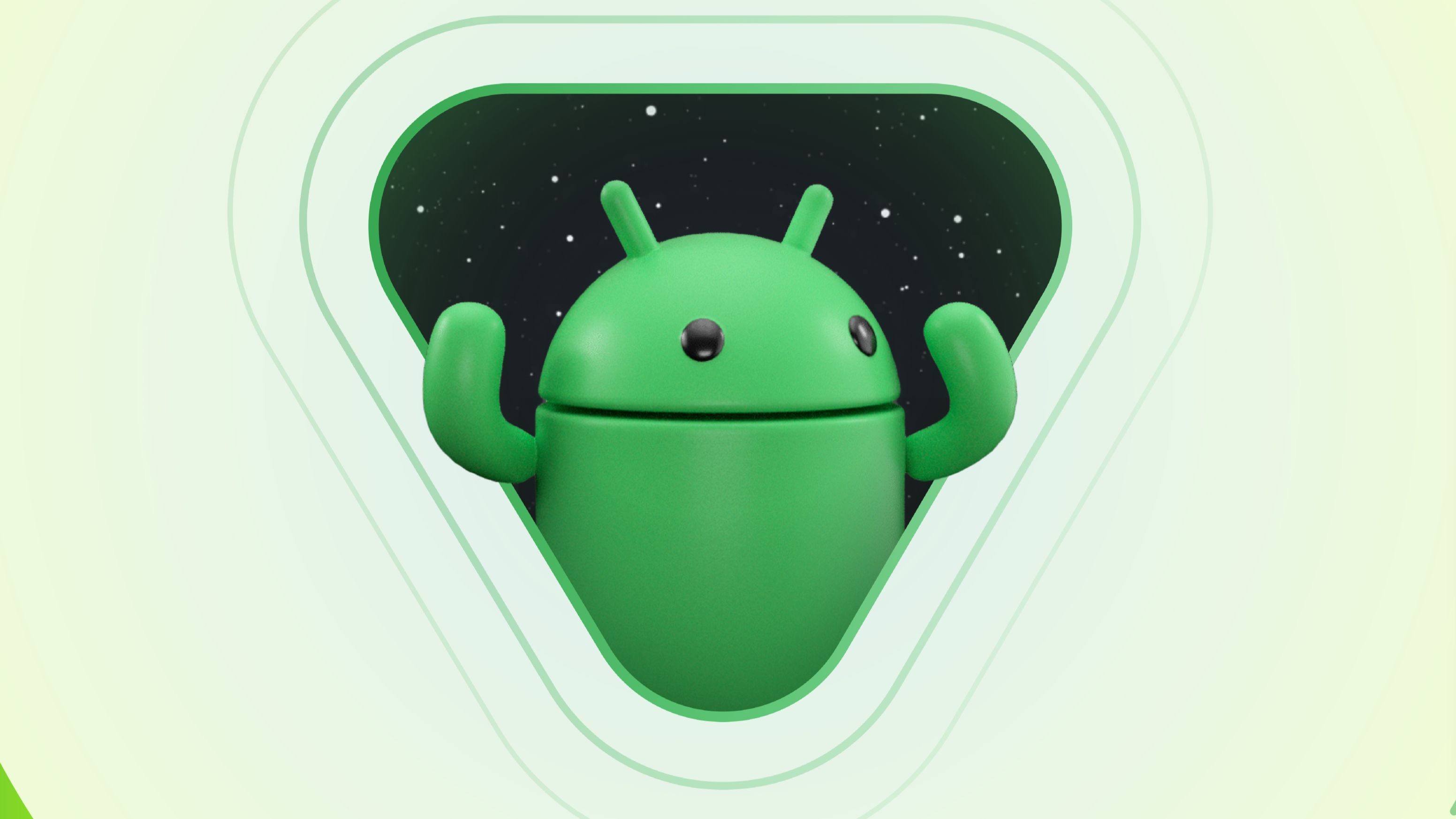
Good news: Android 15 is out! The not-so-good news is that it’s only rolling out to Pixel phones for now. Google announced that Android 15 will be ready on September 3rd. This means that Android 15 has been released to open source projects, marking the first step in broader deployment. Official rollout to Pixel smartphones began on October 15th.
This includes the new Pixel 9 and Pixel 9 Pro smartphones, which launched in August of this year rather than later in the fall as in previous years. Not coincidentally, these phones shipped with Android 14 pre-installed, so new Pixel owners will also get an upgrade.
As Pixel updates its software, more Android devices will be added to the list. According to Google, Samsung, Honor, iQOO, Motorola, Nothing, OnePlus, Oppo, realme, Sharp, Sony, Tecno, Vivo, and Xiaomi will have access to Android 15 in the coming months.
Android 15 compatible devices
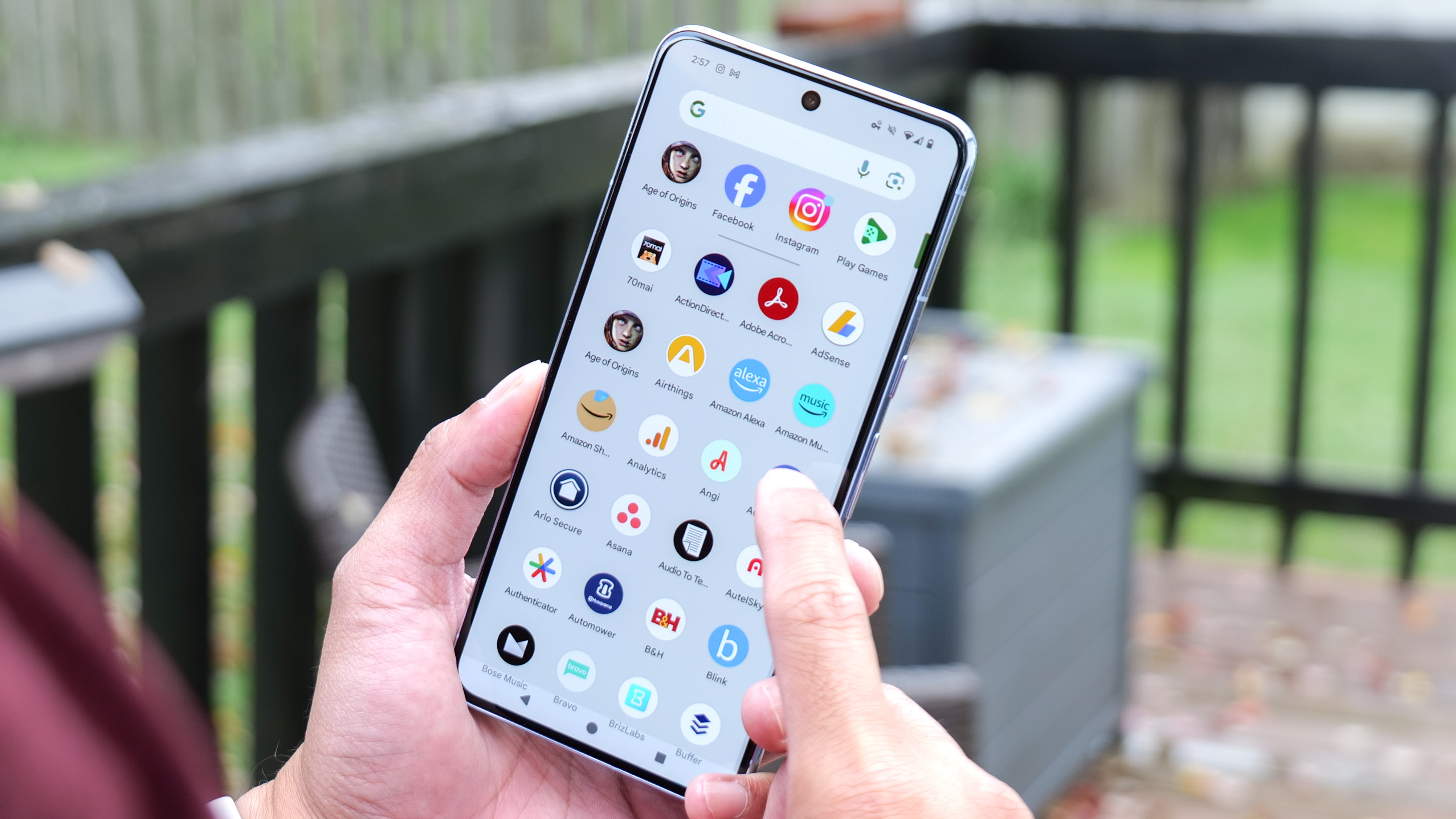
These first Android 15 developer previews and public betas confirm which Pixel devices are scheduled to get the Android 15 upgrade later this year. of Oldest device in line for upgrade Google Pixel 6 and Google Pixel 6 Pro. However, this is the last planned update for these two models, so don’t expect many additional updates.
Naturally, this means that the Google Pixel 6a, Pixel 7 series, and Google Pixel 8 series will also be upgraded to Android 15.
The Google Pixel 5a stopped getting access to new Android updates sometime in August, and Android 15 is definitely no longer available. So if you still have a Pixel 5a, it might be worth upgrading to the Pixel 8a now that the mid-range smartphone has been released. It will be available for several months with the promise of 7 years of software and security support.
As for other Android smartphones, it depends entirely on what kind of software support that smartphone manufacturer promises. Samsung’s oldest flagship to run Android 15 is the Galaxy S21, as well as mid-range phones up to the Galaxy A33 and foldable phones up to the Galaxy Z Fold 3 and Z Flip 3.
Android 15 features
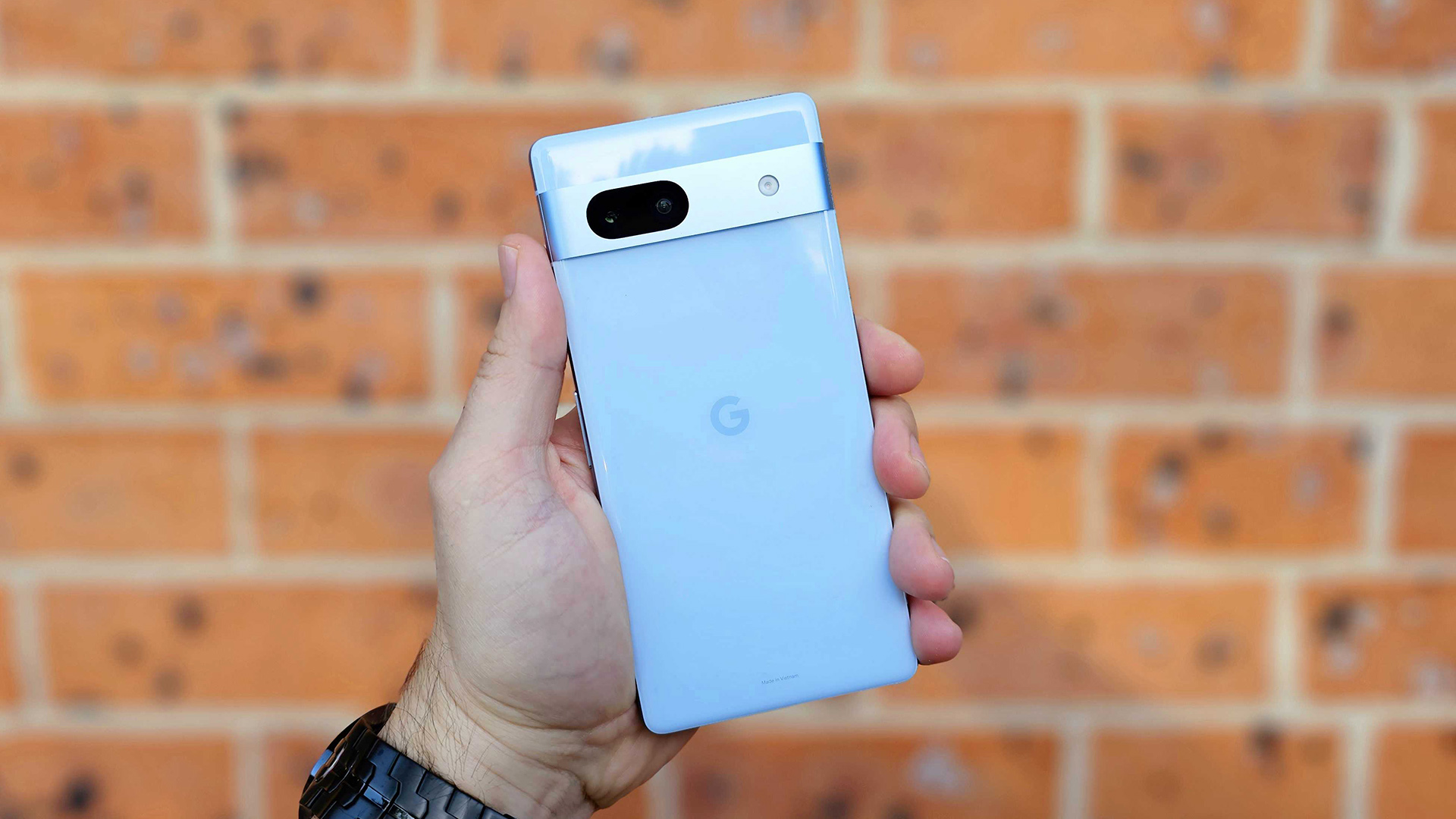
Android 15 is now available, and we now know what this update has to offer. Here’s a look at what we’ve seen so far from Google’s various updates.
Here are some of the major new features Google announced with the first developer preview: partial screen sharingThis allows Android users to share a window from a single app instead of sharing the entire screen, as some apps do. best video chat app It’s already running on your desktop.
Following the Android 14 QPR3 beta, the Android 15 QPR 1 beta brings back lock screen widgets. It might be limited to devices that support Android hub mode, like the Pixel Tablet, but this is what we’ve been waiting for. Lock screen widgets disappeared with the arrival of Android 5 and then appeared on iOS, so they’re set to return on smartphones as well.
Android 15 also includes significant accessibility changes that are useful for people who are visually impaired. This includes: “Easy preset” function It utilizes larger text and icons, additional contrast and bold effects, and three on-screen buttons for navigation. Although unfinished as far as we can tell, it is quite similar to Assistive Access on iOS. This simplifies the phone interface and uses more visual cues instead of hard-to-read text.
At Google I/O 2024 in May, Google unveiled updates to its Talkback accessibility features. This is to explain what is happening in the image on the phone screen for people who are visually impaired. In some cases, these images may not have a description, so Talkback leverages AI to fill in the missing data.
Another feature in the developer preview is In-app web pages load slightly faster. This is thanks to Google locking in the WebView protocol that serves these pages to your phone’s memory so you don’t have to start them from scratch every time you use them.
For those who are concerned about excessive notifications, Android 15 may offer features that will satisfy them. “notification cooldown” was discovered in the developer preview and gradually lowers the volume of continuous notifications that the app throws at you. That means you don’t have to choose between putting your phone on silent or being annoyed by the last message sent to a group chat.
With Android 15, app developers may be forced to provide edge-to-edge display coverage, a feature that was previously optional. The idea is App uses up all available screen spaceThis includes the space normally occupied by the status bar. These areas already have the ability to disappear if needed.
Preview also features a new keyboard vibration toggle that lets you disable haptics in the keyboard app, as well as some haptic feedback when you lower the display brightness. Additionally, similar to the Android 14 QPR beta, it appears that you can switch between Bluetooth devices from the quick settings menu rather than the full Bluetooth menu.
Finally, Pixel Fold and Pixel 9 Pro Fold owners will now be able to use the “Continue using apps on Fold” feature that allows them to continue using apps on the cover display every time they close their foldable display. .
Android 15 also includes the ability for users to find powered off devices. At the moment, the only limitation for compatible devices appears to be that the battery requires some reserve power.
The Android 15 beta also promises improved security for cellular networks, with warnings about unencrypted networks and options to avoid them altogether. However, it turns out that these features were removed from the beta and are not included in the final version of Android 15. This is probably because even Google’s newest phones lack the necessary hardware.
There will also be support for external Braille displays, a new default wallet selection, and measures to prevent malicious apps from pushing other apps to the foreground.
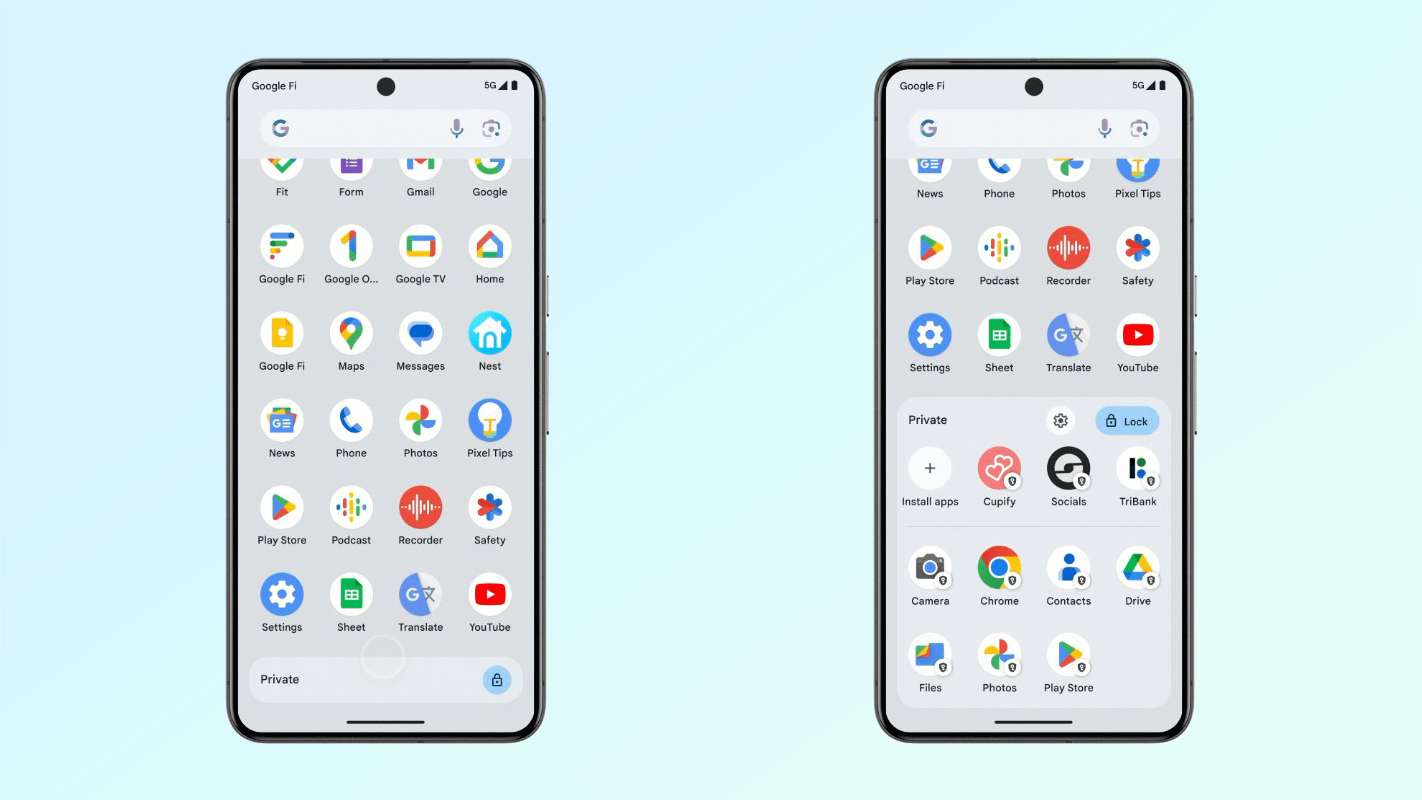
The second beta of Android 15 introduces several new features, including Private Spaces, a vault for hiding sensitive apps, as well as ways to hide files and photos you don’t want others to see. New features are now clear. You can also add passes to your Google Wallet using your photo, and Maps will be populated with AR content aimed at teaching you about different locations. (Singapore and Paris will be the first cities to add these AR experiences.)
On the security front, Theft Detection Lock uses AI to determine when your phone has been stolen and locks your sensitive information away from the thief. Google Play Protect leverages AI to detect fraud and phishing attempts from installed apps in real time.
Circle to Search now has new features beyond just tapping on an object to trigger a search. Updated functionality allows you to understand symbolic formulas, diagrams, and graphs. There is also the ability to search for song titles using audio.
Other Android 15 changes include typography upgrades and changes for phone manufacturers to improve the camera experience on their devices. In the US (at least for users) there’s also earthquake detection, AI enhancements to Android’s screen reader TalkBack, and the ability to have Chrome read web pages.
Outlook for Android 15
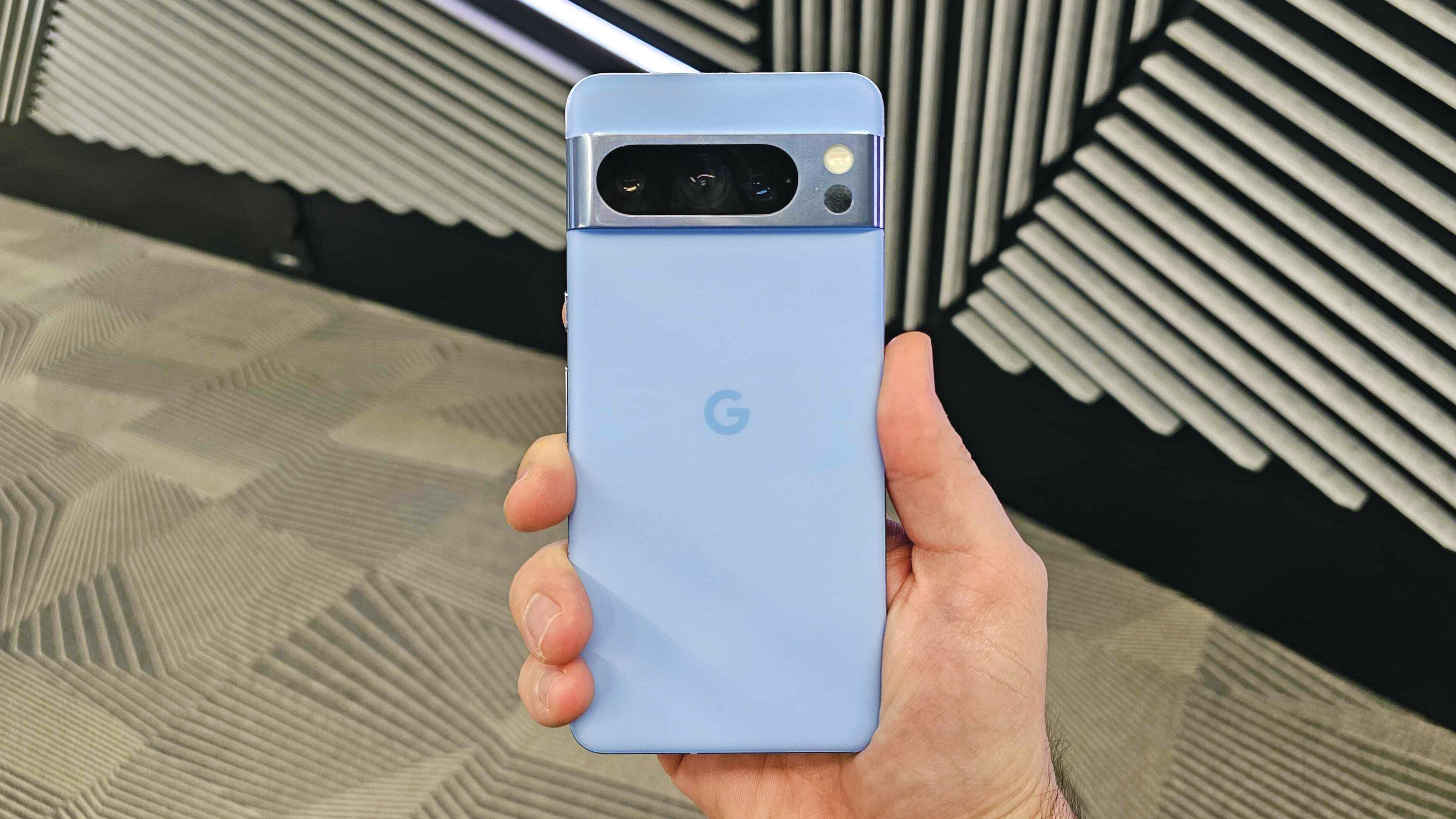
As we wait for Android 15 to roll out to more Android smartphones, we think the details we’ve heard so far are very encouraging. All in all, there’s a lot to like about Android 15, even if the changes aren’t earth-shattering. Stay tuned for hands-on impressions of the first official public release.


